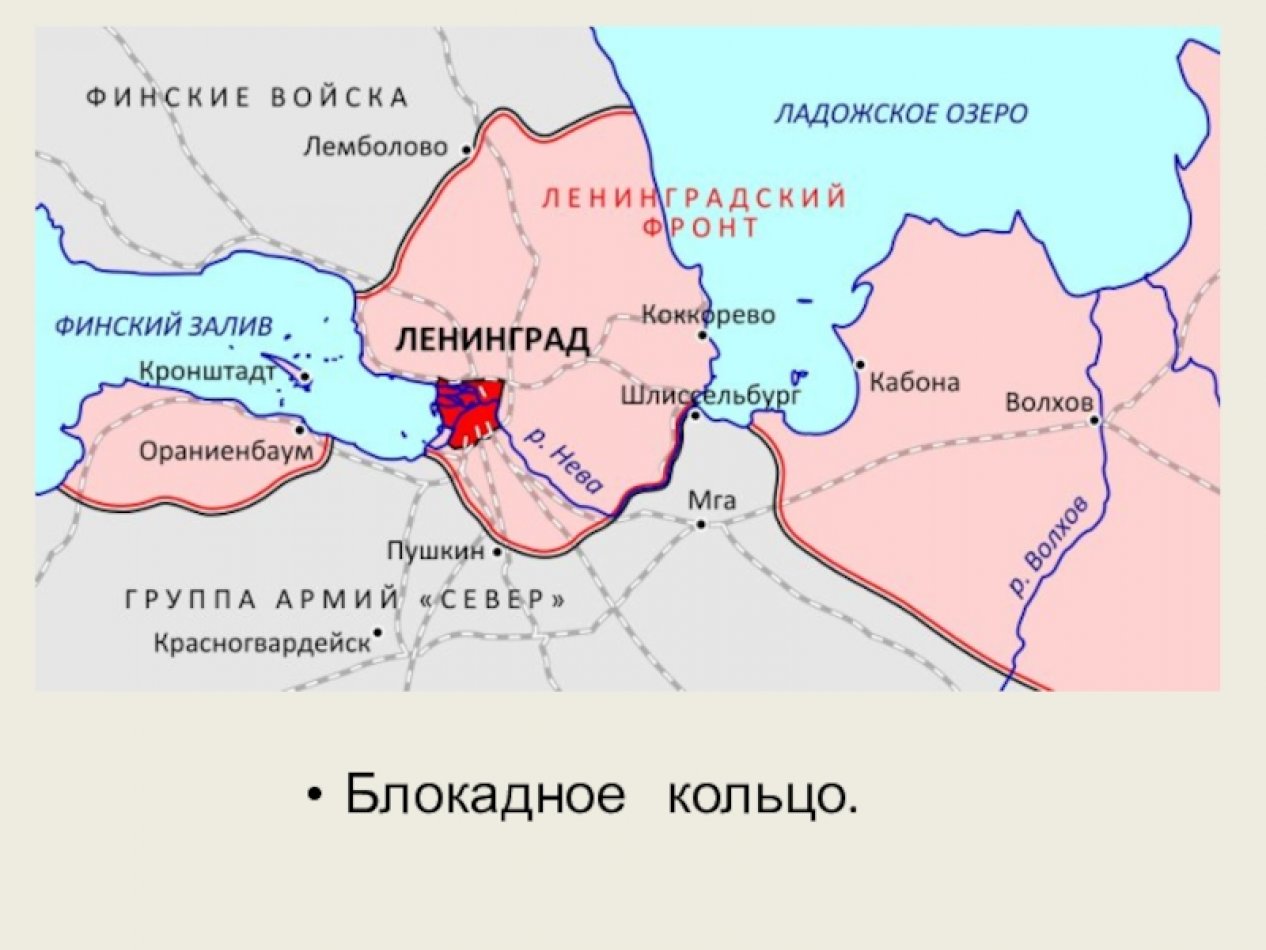
Every year on January 27 in Russia and in some countries of the former USSR, the anniversary of the complete liberation of Leningrad from the fascist blockade is celebrated.
On this day of this year in Yerevan, veterans of the Great Patriotic War, representatives of the Russian embassy, the House of Moscow laid wreaths and flowers at the monument to the children of besieged Leningrad. According to the MIR TV channel, 100,000 Armenians participated in the defense of the city during the war years. In the battles for the city on the Neva, 20,000 Armenian soldiers died.
Faktyoxla Lab. has tried to figure out how true the information about ‘100,000 Armenian defenders of Leningrad and about 20,000 who died in the battles for this city.’
Let’s start with the fact that for the majority of citizens of the CIS countries, honoring the memory of the heroes of the Great Patriotic War is an important and touching moment. Victory in the Great Patriotic War is a great victory for all the peoples of the Soviet Union. Heroism has no nationality. All the peoples of the Soviet Union contributed to the victory.
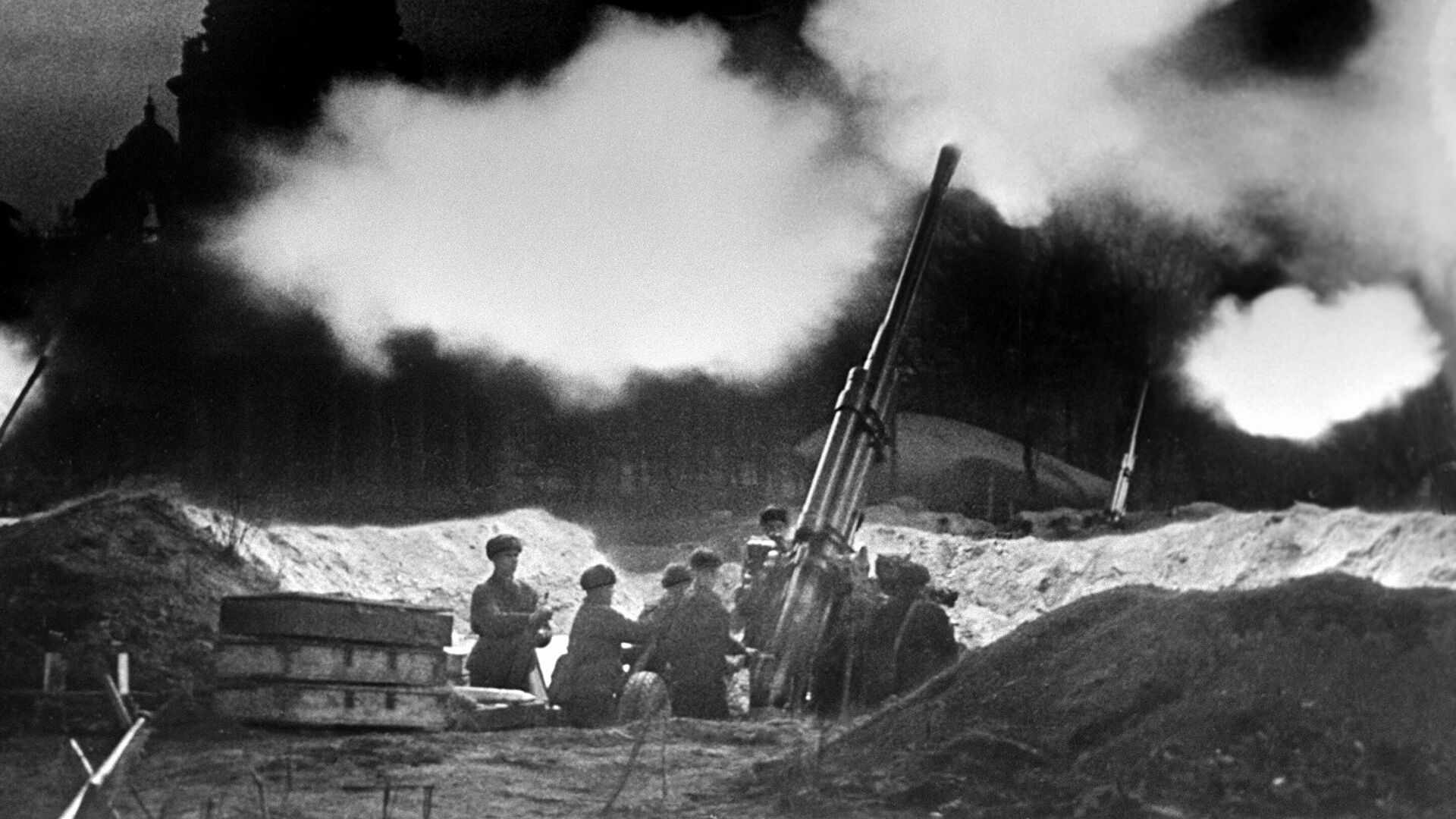
And yet... According to Armenian sources, from 1941 to 1945 more than 500,000 people went to the Soviet Army. The losses of Soviet Armenians are more than 300,000 people.
From open Armenian sources it becomes known that during the war six combined arms divisions were formed from the Armenians.
Allegedly, many Armenians (the number is not specified) fought in the ranks of the 31st (on June 22, 1941 it was stationed in Yerevan), the 61st (it was formed on the territory of the Penza region of Russia) and the 320th (it was formed on the territory of the Crimea) rifle divisions, in the 28th and 38th reserve brigades and subunits.
So:
- The 76th Armenian Mountain Rifle Division took part in the defensive battles for Stalingrad. Later it was reorganized into the 51st Guards Division.
- The 89th division was formed in December 1941 in Yerevan. The division went to the front in September 1942 and fought its way to Berlin from the foothills of the Caucasus. It participated in the liberation of the Taman Peninsula, in honor of which it was named the 89th Armenian Taman Division.
- The 390th division was created in the fall of 1941 as part of the Transcaucasian Military District. Since January 1942, it participated in the battles for the Kerch Peninsula. The 390th division was almost completely defeated. The division commander Simon Zakyan was also killed.
- The 409th division was created in the autumn of 1941, and from the banks of the Terek, fighting reached the Danube. The division was put into action on December 15, 1942. But by December 20, it lost half of its composition: out of 10,146 people, 5,216 fighters and commanders left - 542 people were killed, 3,186 were wounded and 488 went missing.
- The 408th division, created in the spring of 1942, participated in heavy fighting on the Black Sea coast of the Caucasus. It was defeated in the Tuapse direction and, after two months at the front, was disbanded in November 1942.
The 261st division was formed in the summer of 1942 in Armenia. This division guarded the Soviet-Turkish border and did not participate in hostilities.
Other sources write that about 300,000 Armenians were mobilized from the Armenian SSR, which accounted for 20-23% of the total population (in 1940, the population of the Armenian SSR was 1,370,000), more than 200,000 were called up from other republics of the USSR, i.e. in total 500,000, and about 100,000 were mobilized from the Armenians of the Diaspora - in the end 600,000. Of these, more than 200,000 died at the front.
As is seen, firstly, the numbers differ, and secondly, the Armenians, for the most part, fought on completely different fronts.
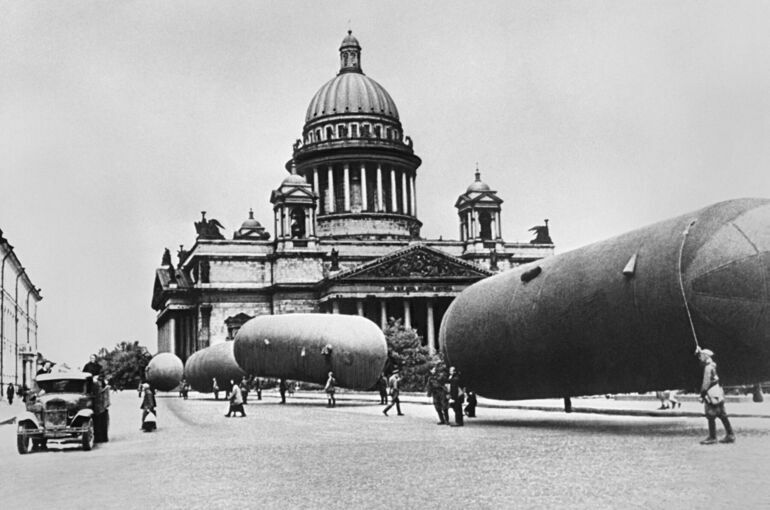
That is, 100,000 Armenians could not simultaneously participate in the defense of Leningrad. Of course, the Armenians, like other peoples of the USSR, participated and died in the battles for the defense of Leningrad, but not in such numbers.
In 2015, the book ‘Armenians in the Battle for Leningrad’ was published in St. Petersburg, edited by Armen Meruzhanyan. In this book it is said that “On January 18, 1943, the blockade of Leningrad was broken. Thousands of Armenian soldiers participated in the breakthrough. According to the book “Armenians in the Battle for Leningrad,” out of 100,000 Armenian defenders of Leningrad, 20,000 did not return home.” However, only 3,000 names of the dead are mentioned in the book of memory. Considering the scale and destructiveness of the battles, 3,000 dead against 100,000 Armenians seems unrealistic.
On the other hand, as the Armenian divisions were replenished, their national composition was influenced by representatives of other nationalities. As a result, as of January 1, 1945, there were 16.8% of Armenians in the 409th Infantry Division. Only the 89th Taman Rifle Division retained to a large extent its Armenian appearance. On July 1, 1944, 62.7% of Armenians were in its ranks. As of January 1, 1945 - 57.7%.
Statistically, the military participation of Armenians in the Great Patriotic War looks quite even and stable - about one percent of the size of the Soviet army. Its relative peak falls on 1942, when military events acquired decisive importance in the south of the country.
As of January 1, 1941, 40,000 Armenians were in the service of the Red Army (1.18% of the entire army). Further, during the Great Patriotic War, the presence of Armenians in the troops can be judged by one-time statistical measurements. On average, it was at the level of more than 100,000 Armenians in the army on a certain date:
- as of July 1, 1942 – 127,360 (1.31%);
- as of January 1, 1943 – 99,000 (1.1%);
- as of July 1, 1943 – 128,900 (1.12%);
- as of January 1, 1944 – 112,200 (1%);
- as of July 1, 1944 – 103,270 (0.86%);
- as of January 1, 1945 – 104,490 (0.85%).
Not all Armenians, however, like other representatives of the peoples of the USSR, fought for their homeland.
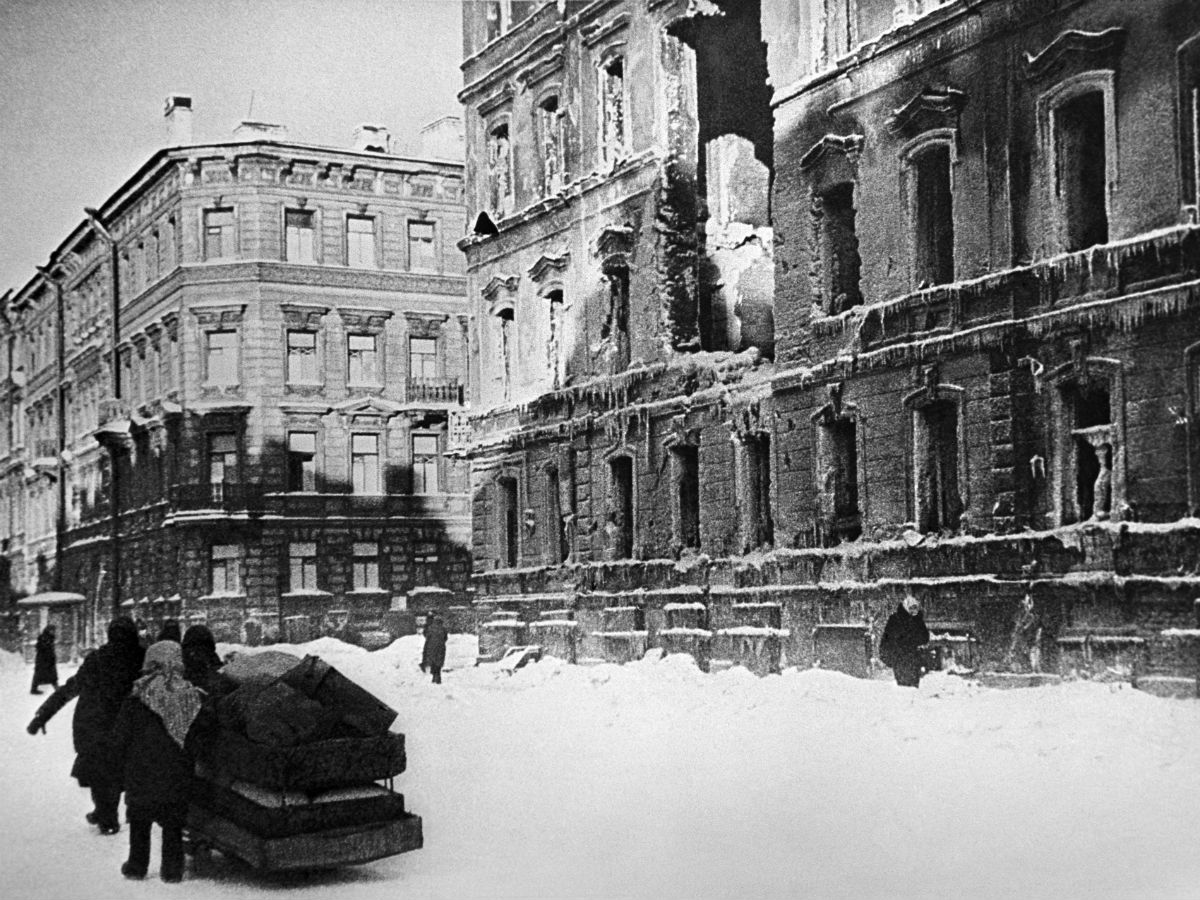
In 1942, Garegin Nzhdeh, together with another Armenian terrorist Drastamat Kanayan (‘General Dro’), organized the first SS ‘Armenien Legion’ battalions (808th and 809th). The command staff of the 809th battalion consisted of former prisoners of war officers, the battalion commander was a German officer. Armenian legionnaires were part of 11 battalions, as well as other units. The initial number of the legion was 8,000 people, later it was increased to 30,000. Many of them were prisoners of war - former soldiers of the Soviet Army who wished to fight along with the German troops. This legion, with weapons in hand, fought with the Soviet army, with Soviet partisans, and also performed punitive functions and participated in many criminal acts of the Nazis, including the Holocaust of the Jewish population of Europe. After the defeat of Nazi Germany, Garegin Nzhdeh was arrested, tried and sentenced as a war criminal to 25 years in prison. In Armenia, Nzhdeh is considered a national hero. A monument was erected to him in the center of Yerevan, squares, streets, schools are named after him. Of the Legion’s 30,000 soldiers, 23,000 were in field battalions, while the remaining 7,000 were in non-combat roles such as logistics and first aid.
Let’s take one example. Already in the first battles at the end of September 1942, several hundred people went over to the side of the enemy from the 89th Soviet division. The units of the 89th Armenian division, which occupied the defense sector along the Terek River, were subjected to effective propaganda processing by the Armenian legionnaires of the German special unit of the Abwehr - the Bergmann (Highlander) battalion. The 89th Armenian division was removed and a Georgian division was put in its place.
Literally the next day, after veterans of the Great Patriotic War, representatives of the Russian embassy, the House of Moscow laid wreaths and flowers at the monument to the children of besieged Leningrad in Yerevan, the largest Union of Armenians in Russia was going to show a film about the Armenian Nazi Nzhdeh in Moscow, on the Soviet Army Street. But the Moscow police arrived there and stopped the organization of the session. Police representatives read out the prosecutor’s presentation on the inadmissibility of committing a crime under Article 354.1 (rehabilitation of Nazism) and ordered the audience to leave.
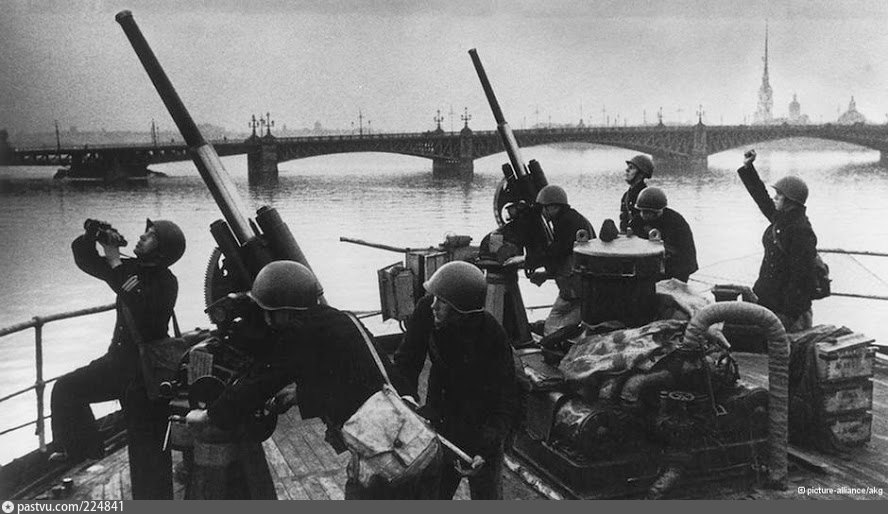
According to the editor-in-chief of IA REGNUM Modest Kolerov, the fact that it was announced and organized in the days of memory of the victims of the Holocaust, the liberation of Auschwitz, the liberation of Leningrad from the German-Finnish blockade, a broad discussion of the initiative to officially recognize the genocide of the peoples of the USSR in the Great Patriotic War, makes the publicly announced showing of the film about Nzhdeh especially scandalous and politically rational.
Chairman of the all-Russian public movement ‘Veterans of Russia’ Ildar Rezyapov said that any attempts to justify the Nazi criminals are immoral and blasphemous in relation to the memory of the liberators. He asked to check the Union of Armenians of Russia for an attempt to rehabilitate Nazism and its accomplices. Rezyapov sent an appeal to the chairman of the Investigative Committee of the Russian Federation Alexander Bastrykin and the Russian Prosecutor General Igor Krasnov.
That’s how the story goes, purely in Armenian way...




















